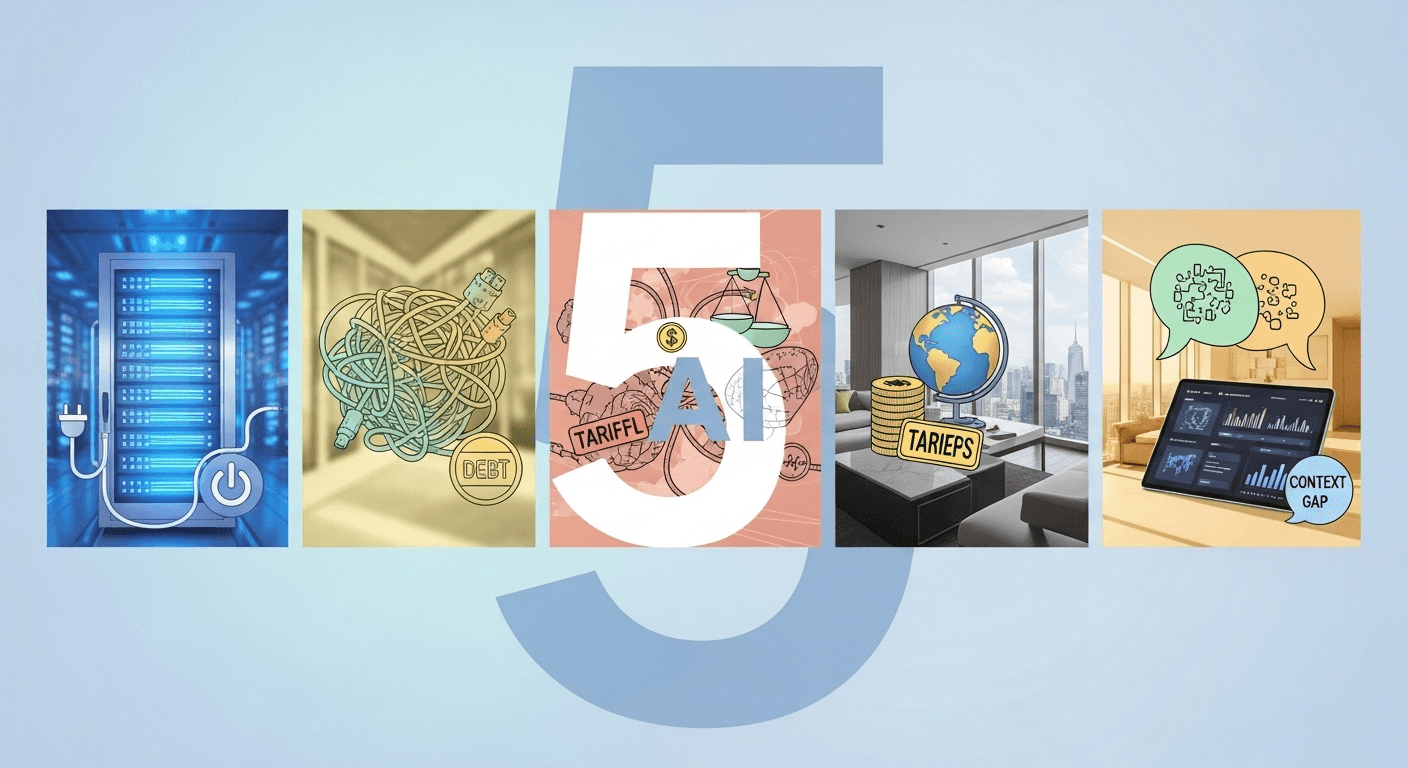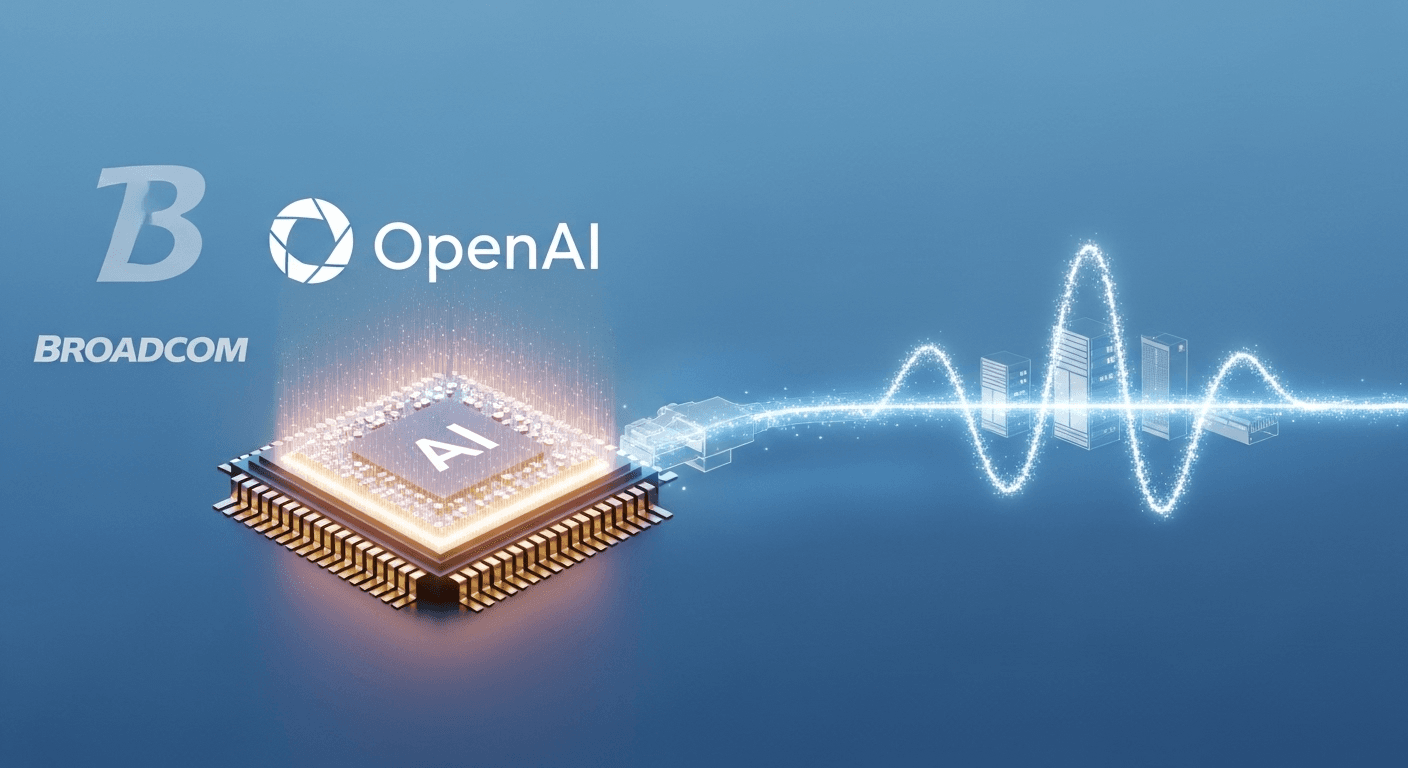Meta Enters the AGI Race: What It Means, Who Else Is in the Mix, and What to Watch For

Meta Enters the AGI Race: What It Means, Who Else Is in the Mix, and What to Watch For
Meta is increasingly positioning its AI roadmap around the goal of building more general intelligence. This places the company alongside OpenAI, Google DeepMind, Anthropic, and others who are openly discussing artificial general intelligence, or AGI. Here’s what this actually means, how Meta fits into the picture, and why it matters for anyone using AI at work or home.
Quick Refresher: What is AGI?
AGI typically refers to AI systems that can understand, learn, and adapt to a wide range of tasks at or above human levels—not just specialized skills like summarizing text or generating images. There’s no universally accepted definition, and timelines for achieving AGI are hotly debated. Even leading research groups admit that AGI is a moving target, with current systems—while impressive—remaining specialized and imperfect.
For context, OpenAI defines its mission around ensuring that AGI benefits all of humanity and has publicly discussed its aspirations for AGI and beyond (OpenAI Charter) and (OpenAI Blog). Google DeepMind aims to advance and responsibly deploy general-purpose intelligence to benefit society (Google DeepMind). This lack of precise definition contributes to intense debates, even within academic and policy circles (Stanford AI Index 2024).
Why the AGI Talk Now?
Three key forces are motivating the current surge of interest:
- Scaling Works, Up to a Point. In recent years, larger models trained on more data and computational resources have led to significant improvements in language understanding, reasoning, and multimodal tasks. Today’s leading models can process text, images, and code within a single framework. However, they still struggle with hallucinations and complex planning.
- Compute and Data Are the New Oil. Access to advanced chips, vast data sets, and efficient training pipelines is now a strategic advantage in the AI landscape. This favors companies with substantial financial resources and established distribution networks.
- Distribution Shapes Behavior. The integration of AI assistants in messaging apps, search engines, productivity tools, and mobile devices affects user engagement and trust.
Who Is Pursuing AGI?
Several organizations are openly declaring their ambitions for AGI, each bringing different strengths and philosophies to the table:
- OpenAI: Clearly committed to AGI, with widely used GPT models and collaborations that integrate AI into consumer and enterprise products (OpenAI Charter).
- Google DeepMind: A long-standing research powerhouse famous for AlphaGo and other breakthroughs, now working with Google to incorporate AI into Search, Workspace, and Android (Google DeepMind).
- Anthropic: Founded with a focus on AI safety, it advances Claude models and publishes safety frameworks for innovative systems (Anthropic).
- xAI: Dedicated to building AI systems that understand the universe, with a strong focus on research and rapid model iteration (xAI).
- Meta: A leading organization in AI research for over a decade, known for supporting open models and now explicitly discussing the development of general-purpose intelligence across its suite of applications.
Other significant tech companies are also heavily investing in AI, even if they don’t explicitly label it as AGI. For example, Apple emphasizes on-device and privacy-preserving AI for its products like the iPhone, iPad, and Mac. Microsoft is deeply integrating cutting-edge models across Windows, Office, and Azure. While the terminology varies, the ultimate goal remains the same: creating assistants and autonomous systems that can reliably assist with complex, multi-step tasks.
Meta’s Path: Open Models, Massive Distribution, and Lots of Compute
Meta has maintained its position as a top-tier AI research organization through FAIR (Fundamental AI Research) and related teams for over ten years. Recently, it has made significant strides in three key areas:
1) Open Models Developers Can Actually Use
Meta’s Llama family has popularized a modern and flexible approach to releasing high-quality models. The July 2024 release of Llama 3.1 introduced a 405B-parameter frontier model available via API, while also continuing to publish open weights for smaller models that developers can operate on their own infrastructures (Meta AI – Llama 3.1). This blend of openness and performance has nurtured a rich ecosystem of tools, tutorials, and production applications.
2) AI Features Built into Everyday Products
Meta is integrating AI assistants and generative features into Facebook, Instagram, WhatsApp, and Messenger. The company envisions a strategy to embed capable assistants wherever users communicate or create, powered by Llama models (Meta: Meta AI with Llama 3). This distribution enables Meta to gather quick real-world feedback and refine models for everyday utility.
3) Investing in the Heavy Lifting Under the Hood
Training and deploying frontier models require substantial compute resources and specialized infrastructure. Current industry trends show Nvidia’s H100 and subsequent chips are essential for this purpose (Nvidia H100). Meta has signaled that it will significantly invest in AI over the coming years, reflecting the patterns seen among other hyperscale companies building AI infrastructures (Meta Investor Relations). The strategic focus is clear: more compute, better data, and improved training processes will gradually yield more capable systems.
What Could AGI Change in Practice?
AGI isn’t a binary switch that activates suddenly. We can expect a gradual evolution of capabilities that begin to feel more general because they combine understanding, planning, and action across different forms of media.
- Work and Productivity: Consider copilot assistants that do more than just autocompletion; think of agents that can read a brief, draft a plan, book vendors, and identify blockers—all while keeping you in the loop for decision-making.
- Consumer Experiences: AI assistants integrated into messaging and social apps that can remember preferences, manage small tasks, and coordinate with other services.
- Science and Engineering: Tools that can investigate hypotheses, run simulations, and propose experiments in areas such as materials science, medicine, and energy.
- Education: Personalized tutoring that adapts to different subjects and learning goals while ensuring privacy and safety.
For these tools to be trustworthy, AI models need to improve in terms of accuracy, reasoning, and adherence to guidelines. Robust evaluation and monitoring systems must also be established to help users understand when to trust AI, when to involve a human, and how to manage failures safely.
Risks and Guardrails
Frontier AI presents real risks, including misleading outputs, security vulnerabilities, deceptive behaviors in unexpected contexts, and the potential for misuse in cyberattacks, disinformation campaigns, or biohazard risks. Companies and regulators are responding by establishing guardrails:
- Model Governance Frameworks: The U.S. NIST AI Risk Management Framework provides organizations with a structured approach for identifying, measuring, and managing AI-related risks (NIST AI RMF 1.0).
- Law and Policy: The EU AI Act, adopted in 2024, implements regulatory obligations categorized by risk and includes specific guidelines for general-purpose and high-impact models (EU AI Act).
- Safety Research and Red-Teaming: Leading research labs publish evaluations, adversarial tests, and system documentation to outline capabilities and limitations. For instance, Anthropic discusses approaches to model oversight and scalable supervision (Anthropic).
As systems move closer to broader competencies, stricter evaluations for autonomy, tool usage, and safety will become crucial. Transparency and opt-out options will be essential to maintain user trust.
How Meta Differs From the Pack
Several strategic choices may set Meta apart as the AGI conversation heats up:
- Open Ecosystem: By releasing strong open-weight models alongside API models, Meta has fostered community scrutiny, rapid development, and cost-effective deployment—this openness can enhance safety when combined with responsible release procedures and diligent evaluations.
- Consumer Scale: With billions of users across Facebook, Instagram, WhatsApp, and Messenger, Meta benefits from an unparalleled feedback loop that can strengthen AI assistants for daily use.
- Multimodal by Default: Social platforms are rich in text, images, and video, naturally encouraging the development of multimodal models and addressing edge cases that single-modality systems might overlook.
However, this scale also increases risks: issues concerning content integrity, privacy, and safety can spread rapidly through large networks if not handled carefully.
What to Watch Next
- More Grounded Reasoning: Expect closer integration between models and tools like search capabilities, code execution, and databases to reduce errors and enhance reliability.
- Agentic Workflows: Watch for assistants capable of planning, utilizing tools, and acting on your behalf within defined boundaries. Look for clear user experience patterns that facilitate supervision without micromanagement.
- Efficiency Breakthroughs: New training techniques that deliver improved performance with lower resource requirements, along with distillation strategies that bring advanced capabilities to smaller models.
- Standards and Evaluations: Development of common benchmarks for safety, security, and socio-technical impacts, not just raw performance, will help users compare models effectively.
- Compute and Supply Chains: Ongoing investment in GPUs, alternative processors, data center networking, and energy solutions—these components form the unseen backbone of the AGI race.
Bottom Line
Meta’s forthright embrace of AGI places it in direct dialogue with other leading research labs. The company boasts significant research capabilities, an open model ecosystem, and billions of daily users. Whether or not a sharp definition of AGI materializes soon, the race is already transforming the tools we rely on and the expectations we hold for them. For users and developers alike, the prudent approach is to experiment with these systems now, assess their strengths and limitations, and prioritize safety and governance as capabilities advance.
FAQs
What is AGI in Simple Terms?
AGI refers to AI that can learn and perform a variety of tasks at near-human levels or better, not just one specific task. There isn’t a single official definition.
How Close Are We to AGI?
No one knows for sure. Systems are improving rapidly, but they still make mistakes, lack common sense at times, and require careful supervision. Many experts believe that progress will be gradual and not a sudden leap.
Why Are Companies Racing to Build AGI?
General-purpose AI could offer enormous productivity boosts, lead to new products, and advance scientific knowledge. Companies that take the lead in this space could shape the next decade of technology.
What Makes Meta’s Approach Different?
Meta supports open-weight models like Llama alongside API models, has a vast distribution network across its applications, and invests heavily in computational resources. This combination may accelerate learning and adoption.
Is AGI Safe?
Safety hinges on design, implementation, and oversight. Frameworks like the NIST AI RMF and regulations like the EU AI Act aim to mitigate risks, but responsible engineering and transparent evaluations are essential.
Sources
- OpenAI Charter: Mission and Principles for AGI
- OpenAI: Planning for AGI and Beyond
- Google DeepMind: About and Mission
- Anthropic: Core Views on AI Safety
- xAI: Company and Mission
- Meta AI: Llama 3.1 Announcement
- Meta: Meta AI Assistant Powered by Llama 3
- Nvidia H100 Data Center Platform
- NIST AI Risk Management Framework 1.0
- European Parliament: AI Act Adopted
- Stanford AI Index Report 2024
- Meta Investor Relations: Filings and Updates
Thank You for Reading this Blog and See You Soon! 🙏 👋
Let's connect 🚀
Latest Blogs
Read My Latest Blogs about AI

5 AI Stories Shaping Business Today: Power, Data Debt, Tariffs, Penthouses, and the Context Gap
A clear roundup of 5 AI trends shaping business now: power-hungry data centers, data debt, AI for tariffs, luxury sales with AI, and the context gap — with takeaways.
Read more


